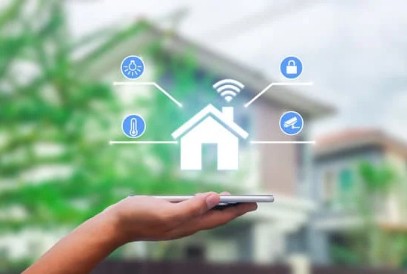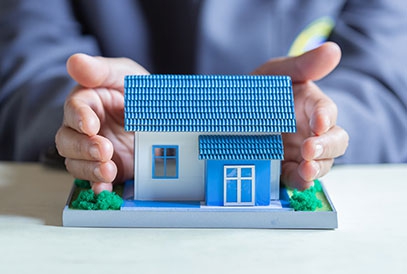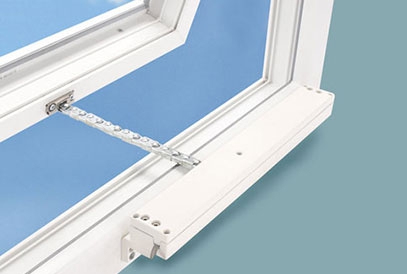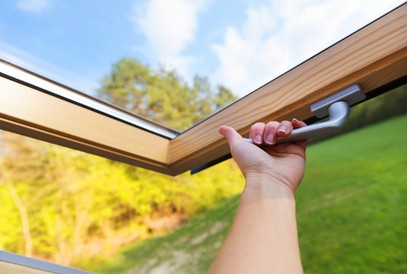Home automation system: discover the features, who installs it and what the advantages of comfort and savings are.
A
home automation system , also known as a
home automation system, represents an advanced technological solution to make your
smart home even more intelligent and efficient.
Whether it is
Somfy branded, produced in Italy by
Nice, or any other player in the sector, a
home automation electrical system integrates a variety of electronic devices, sensors and equipment within your home, allowing the connected devices to communicate with each other and respond to your needs.
In other words, a home automation system is a smart system that can automate a series of functions in the home , improving comfort, safety and energy efficiency.
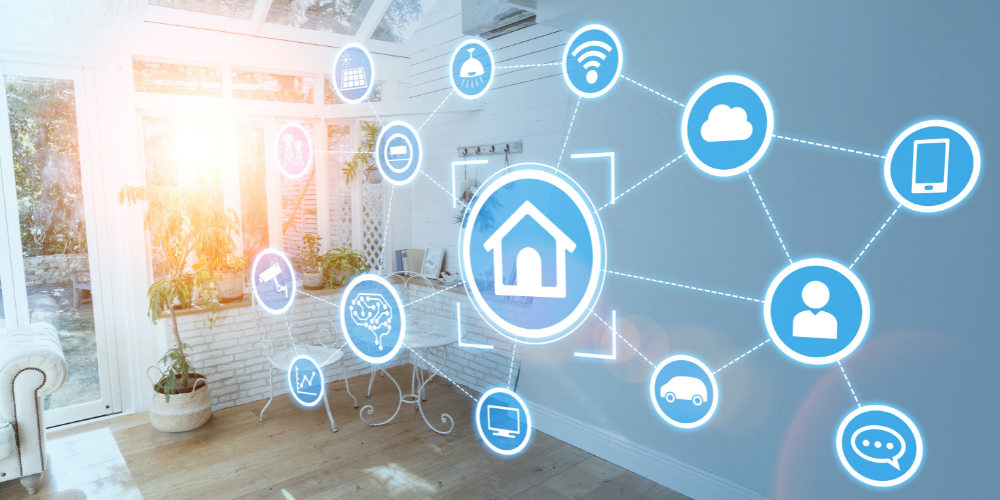
How does a home automation system work?
The operation of a home automation electrical system is based on the
ability of various electronic devices to communicate with each other via a network. These
connected devices include sensors, actuators, and equipment such as
smart thermostats , security cameras, smart lights, and appliances.
A
central control hub , often connected to the Internet, coordinates all activities: for example the
Somfy Tahoma Switch (the Somfy branded smart hub) or the
Yubii Home Nice (Nice branded). Users can then control and automate home functions using mobile apps, voice assistants or web interfaces.
Home automation systems: what are the advantages?
Home automation systems offer a series of notable advantages. Among the main advantages of
home automation we find:
- Energy efficiency : With the ability to control lighting, heating, air conditioning and other devices, you can optimize your energy consumption, thus reducing your bills;
- Security : integratedhome anti-theft systems allow you to monitor your home and receive notifications in the event of intrusions or emergencies;
- Comfort : You can customize the environment according to your preferences. For example, you can program your system to automatically adjust the temperature or lights based on the time of day;
- Remote Control : The ability to control your home remotely via smartphone or computer gives you greater flexibility and peace of mind when you are away from home.
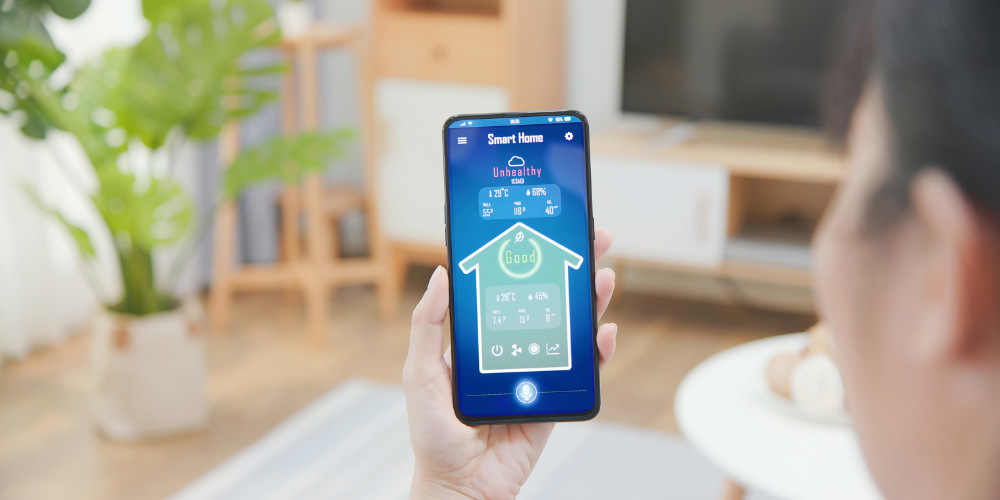
Installation and management of home automation systems
Design of an electrical home automation system
Designing a home automation system begins with an in-depth analysis of your
automation needs and preferences. You need to decide
which functions to automate and which devices will be affected.
For example, you may want to automate your lighting, temperature control, security system, and even appliances. Once the requirements have been defined, you can create a detailed plan for your home automation system.
Installation and configuration of home automation systems
Installing a home automation system requires
basic technical knowledge , but many systems are designed to be easily installed. It will be necessary to place
home automation lights , sensors, actuators and connect everything to a central control hub.
Additionally, you will need to configure the system based on your specific preferences and needs. Be sure to follow the manufacturer's instructions and, if necessary, consult a professional for installation.
Management and control of home automation systems
Once installed and configured, your home automation system can be managed and controlled in different ways. Many solutions offer intuitive mobile apps that allow you to monitor and control your home from anywhere.
Alternatively, you can use voice assistants like Amazon Alexa or
Google Assistant to issue voice commands. Additionally, many solutions offer a web interface for more detailed control.
Who installs a home automation system?
The installation of a home automation system can be managed in different ways:
- Do it yourself (DIY) : Some home automation systems are designed for DIY installation. These kits usually include detailed installation and setup instructions;
- Professional Installers : For more complex installations or for those who prefer to rely on experts, you can hire professional installers. These professionals have technical knowledge and experience in installing home automation systems;
- Home automation services : Some specialized companies offer turnkey home automation services, from design to installation and configuration. These services can be convenient for those who want a hassle-free installation.
Costs of home automation systems
The costs of home automation systems can vary greatly based on the type of system, the desired functionality and the complexity of the installation. Here are some factors to consider:
- Type of devices : the cost will depend on the devices you intend to include in your system, for example: burglar alarm units , smart thermostats, security cameras, motion sensors, etc.;
- Complexity of installation : DIY installation can be cheaper, but for complex systems it may be necessary to hire a professional, increasing costs;
- Subscriptions and Services : Some systems require monthly or annual subscriptions for access to advanced features or monitoring services;
- Brand and quality : Devices from better-known brands tend to be more expensive, but often offer greater reliability and functionality.
In general, a home automation system can have an initial cost ranging
from several hundred to several thousand euros , depending on the choices made. It is important to consider the long-term benefits in terms of energy efficiency and safety when evaluating costs.
Luckily with
Windowo you can save and buy the material to build your home automation system at a discounted price.


